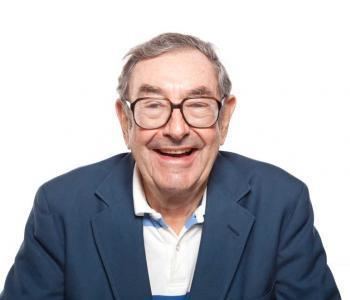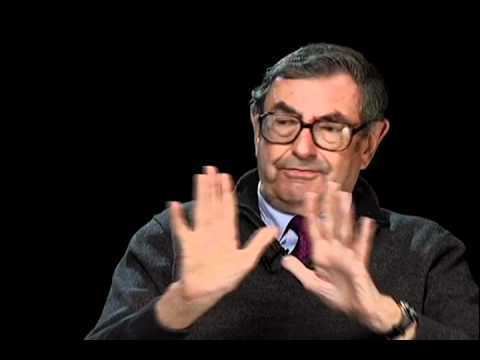Nationality American Fields Chemistry | Name Harry Gray | |
Institutions Columbia UniversityCalifornia Institute of Technology Alma mater Western Kentucky University (B.S.) (1957)Northwestern University (Ph.D) (1960)Northwestern University (D.Sc.) Known for Bioinorganic ChemistryElectron Transfer chemistryPhotochemistry Books Electrons and chemical bonding, Braving the Elements Doctoral advisor | ||
Other notable students Nathan Lewis Residence United States of America | ||
Voices of inorganic chemistry harry b gray
Harry Barkus Gray (born 14 November 1935 in Woodburn, Kentucky, U.S.A.) is the Arnold O. Beckman Professor of Chemistry at California Institute of Technology.
Contents
- Voices of inorganic chemistry harry b gray
- 2009 welch award dr harry b gray
- Career
- Research
- Awards and honors
- Wolf Prize
- References

2009 welch award dr harry b gray
Career

Gray received his B.S. in Chemistry from Western Kentucky University in 1957. He began his work in inorganic chemistry at Northwestern University, where he earned his Ph.D. in 1960 working under Fred Basolo and Ralph Pearson. He was initiated into the Upsilon chapter of Alpha Chi Sigma at Northwestern University in 1958. After that, he spent a year (1960–61) as an NSF Postdoctoral Fellow at the University of Copenhagen, where, along with Walter A. Manch, he collaborated with Carl J. Ballhausen on studies of the electronic structures of metal complexes.

After completing his NSF Postdoctoral Fellow at the University of Copenhagen, he went to New York to take up a faculty appointment at Columbia University. He became an assistant professor from 1961 to 1963, associate professor from 1963 to 1965 and professor from 1965 to 1966.
In 1966, he moved to the California Institute of Technology, where he became the Arnold O. Beckman Professor of Chemistry and founding director of the Beckman Institute.
Research

Gray's interdisciplinary research program addresses a wide range of fundamental problems in inorganic chemistry, biochemistry, and biophysics. Electron transfer (ET) chemistry is a unifying theme for much of this research.
Over the past twenty-five years the Gray group has been measuring the kinetics of long-range ET reactions in metalloproteins labeled with inorganic redox reagents. Early research by his lab members showed that details of the internal structures of the proteins dominate the ET rates. Current research is aimed at understanding how intermediate protein radicals accelerate long-range ET. In collaboration with Jay R. Winkler of the Beckman Institute at Caltech they have developed new techniques for measuring ET rates in crystals of Ru-, Os-, and Re-modified azurins, as well as crystals of Fe(III)-cytochrome c doped with Zn(II)-cytochrome c. This method of integrating photosensitizers into protein crystals has provided a powerful new tool for studying biochemical reaction dynamics. The Gray/Winkler group is also using ET chemistry to probe the dynamics of protein folding in cytochrome c.
Awards and honors
His accolades include:
Wolf Prize
He was awarded the Wolf Prize in Chemistry in 2004 for his pioneering work in bioinorganic chemistry, unraveling novel principles of structure and long-range electron transfer in proteins.
Gray has made generative contributions to the understanding of chemical bonding of metal complexes, mechanisms of inorganic reactions, spectroscopy and magneto-chemistry of inorganic compounds. His study of the first trigonal prismatic complexes is one such example. Harry Gray's most significant work lies at the interface between chemistry and biology. As a pioneer of the important and thriving field of bioinorganic chemistry, he has made many key contributions, the most important of which is the development of fundamental understanding of electron transfer in biological systems, at the atomic level.
